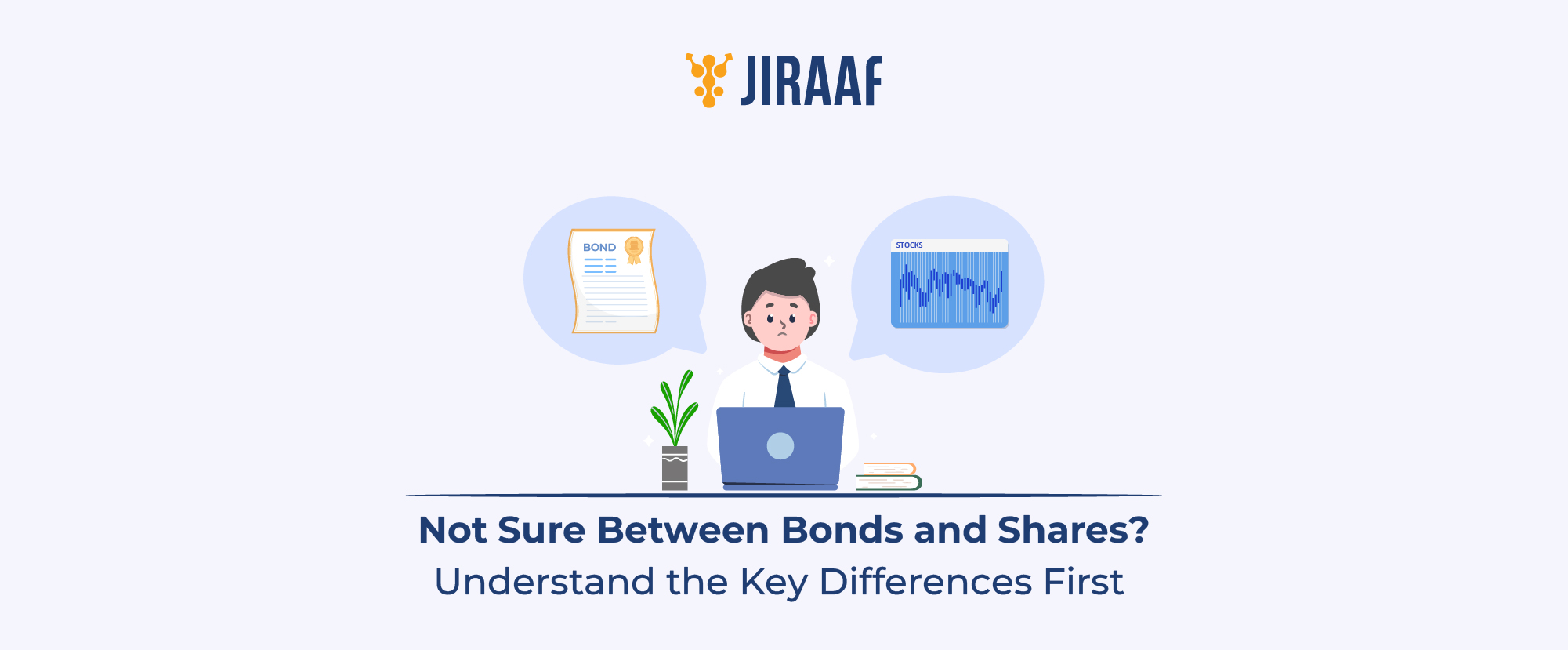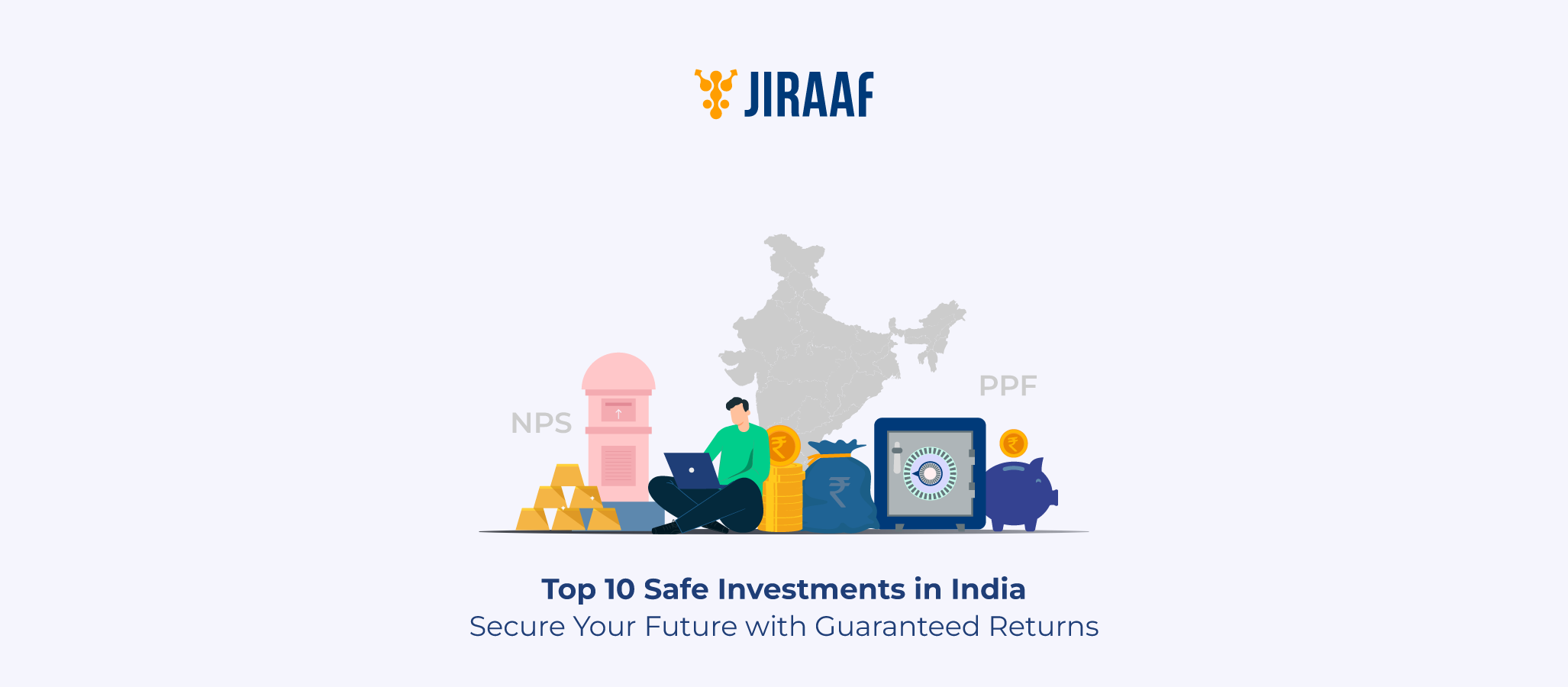Have you ever wondered how corporations raise funds without relying on traditional loans? One of the ways they do that is through issuing commercial papers.
These are widely used in corporate finance and money markets but often underexplored by retail investors. Now this gives investors like you a chance to invest in short-term options.
Essentially, commercial papers are unsecured, short-term debt instruments issued by corporations to meet immediate funding needs such as working capital.
Though commercial papers (CPs) are primarily popular among institutional investors, they also influence mutual fund portfolios and debt market trends—which means you could still be benefiting from CPs indirectly, without realizing it.
So, let’s unpack how commercial papers work, who issues them, why investors buy them, and the associated risks and benefits—all in this comprehensive guide.
What are Commercial Papers (CPs)?
Commercial papers are unsecured promissory notes issued by companies and financial institutions to raise short-term funds. These are negotiable instruments with a fixed maturity, generally ranging from 7 days to 1 year, with the maximum maturity capped at 364 days in India and 270 days in the US.
Think of them as IOUs issued by highly rated companies looking to borrow money from the market without pledging collateral. Instead of going to a bank for a loan, companies tap into the market via CPs to finance their operational needs at a lower interest rate.
Introduced in India in 1990, commercial papers have evolved under the regulatory oversight of the Reserve Bank of India (RBI) and play a crucial role in deepening the Indian money market.
Key Features of Commercial Papers
| Feature | Details |
| Tenure | 7 days to 1 year (cannot be renewed or extended) |
| Form of Issuance | Only in dematerialized (demat) form |
| Denomination | Minimum ₹5 lakhs and in multiples of ₹5 lakhs thereafter |
| Collateral | Unsecured (no assets pledged) |
| Credit Rating | Mandatory from a SEBI-registered rating agency |
| Tradability | Can be traded in the secondary market |
| Discounting | Issued at a discount to face value and redeemed at par |
| Transferability | Freely transferable before maturity, subject to market liquidity |
Eligibility Criteria for Issuers
Not all companies can issue commercial papers. The RBI has set clear guidelines to ensure only financially strong entities access this funding route.
To issue CPs in India, a company must:
- Be a listed or unlisted company, a Non-banking Financial Company (NBFC), or a financial institution.
- Have a minimum net worth of ₹4 crores.
- Hold a minimum credit rating of A3 (or equivalent) from SEBI-registered rating agencies like CRISIL, ICRA, CARE, etc.
- Have a standard asset classification (i.e., no major loan defaults or NPAs).
- Comply with RBI’s know-your-customer (KYC) and other regulatory norms.
Benefits of Commercial Papers
For Issuers (Companies)
- Cheaper than bank loans due to lower interest rates.
- Faster fund access, especially for urgent working capital needs.
- Diversification of funding sources, reducing dependency on traditional lenders.
For Investors
- Higher returns than bank fixed deposits.
- Short-term maturity makes them ideal for parking surplus funds.
- Rated instruments, offering relatively safe options if invested in high-rated CPs.
Risks and Limitations of Commercial Papers
While commercial papers can be lucrative, they’re not risk-free, especially for less informed investors.
| Risk/Limitations | Details |
| Credit Risk | Since CPs are unsecured, there’s a chance of default, especially for lower-rated issuers. |
| Liquidity Risk | Difficulty in selling CPs before maturity if there’s no active secondary market. |
| Retail Access | CPs are not directly available to most retail investors. Participation is largely institutional. As of January 2024, RBI has capped retail investor participation at 25% of a CP issue, making direct retail investment possible but still limited. |
| No Guaranteed Return | Unlike FDs or government bonds, CPs don’t offer capital protection. |
Who Can Invest in Commercial Papers?
The primary investors in CPs include:
- Mutual Funds (debt and liquid funds)
- Banks and Insurance Companies
- High Net-worth Individuals (HNIs)
- Corporates and Provident Funds
- Foreign Portfolio Investors (FPIs)
Retail investors can invest directly, but only up to 25% of a CP issue as per the latest RBI directive (2024); however, most retail investors participate indirectly via debt mutual funds or liquid funds that allocate capital to CPs.
How Are Commercial Papers Issued and Traded?
Issuance Process
- The issuing company appoints an Issuing and Paying Agent (IPA), usually a bank.
- The CP is issued at a discount and repaid at face value on maturity.
- All CPs must be issued in demat form through recognized depositories like NSDL or CDSL.
Trading
- CPs can be traded on the NSE, BSE, or via Over-the-Counter (OTC) transactions.
- Though there’s a secondary market, liquidity can vary depending on demand and issuer credit.
Taxation on Commercial Paper Returns
Returns from CPs are considered capital gains.
| Holding Period | Tax Treatment |
| Less than 36 months | Short-Term Capital Gain (STCG)—taxed as per your income tax slab. |
| More than 36 months | Long-Term Capital Gain (LTCG)—taxed at 20% with indexation (not usually applicable as CPs are short term). |
| TDS | No tax deducted at source on CP returns. |
Comparison with Other Short-Term Debt Instruments
| Parameter | Commercial Paper | Treasury Bills | Certificate of Deposit |
| Issuer | Corporates | Government | Banks |
| Security | Unsecured | Sovereign-backed | Secured by bank reserves |
| Risk Level | Moderate | Very Low | Low |
| Tenure | 7 days–1 year | 91/182/364 days | 7 days–1 year |
| Returns | Higher | Lower | Moderate |
| Liquidity | Good (if rated) | Excellent | Moderate |
How Companies Use Commercial Papers (Example)
Let’s say ABC Ltd., a well-known automobile component manufacturer, needs ₹100 crores for raw materials procurement for the next 3 months. Instead of availing a bank loan with 10% interest, they issue CPs worth ₹100 crores for 90 days at an effective interest cost of 7.5%.
This move helps them save ₹62.5 lakhs in interest over just three months. At the same time, a debt mutual fund buys these CPs, adding them to a liquid fund portfolio, indirectly giving retail investors access to short-term high-yield debt.
Regulatory Oversight and RBI Guidelines
Commercial paper issuance is regulated by the RBI, and several compliance rules apply.
- Companies must report issuance to RBI and depositories.
- CPs must be rated by SEBI-registered credit rating agencies.
- Use of funds must be for working capital or operating expenses, not for project financing or equity investments.
- RBI mandates limits on the total issuance based on the company’s net worth and liabilities.
Should You Consider Commercial Papers?
Commercial papers are essential cogs in the corporate financing wheel—offering businesses quick, cost-efficient capital and investors short-term, higher-yield options. While these instruments remain mostly institutional, direct retail investment is now possible (up to 25% of an issue as of January 2024), but most retail investors still gain exposure through mutual funds and debt products.
If you’re looking to diversify your fixed-income exposure, especially through low-duration mutual funds, understanding CPs gives you an edge. Just make sure to evaluate credit ratings, issuer credibility, and market conditions before relying heavily on CPs—directly or indirectly.









